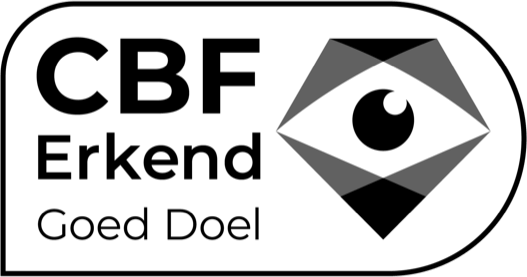New tools like PCLS accelerate the search for COPD solutions
Mini-organs grown in a dish help to understand how lung tissue repairs itself. However valuable, we also need to study natural, aged and diseased lungs to find solutions for COPD. This is now possible using precision cut lung slices (PCLS), developed by prof.dr. Melanie Königshoff of University of Pittsburgh, US. ‘Now we may learn what buttons to push to start repair in the diseased tissue.’
‘When I got involved in the Lung Regeneration Consortium, I was shocked of the lack of knowledge on basis mechanisms that cause COPD,’ Melanie Königshoff says. It astonished her considering the large number of people suffering from this disease: 600.000 in the Netherlands alone. And considering the severe impact on daily life. ‘Luckily, Lung Foundation started the Lung Regeneration Consortium. Is is wonderful to see how fast our research has proceeded in the last five years. Also COPD is now much more prominent on the research agenda, in and outside the consortium.’
Cutting edge methods
In healthy people lung damage caused by inflammation gets repaired, but in people with COPD the lungs lose this ability. Melanie Königshoff seeks to identify new therapeutic ways to initiate repair. And she develops cutting edge methods to find out if these new ways can actually do this in human damaged lungs with COPD and how repair can be turned ‘on’ again. Because of this role she is involved in several consortium research projects.
Human lung tissue
General starting point of her research is human lung tissue. This is important because realistic conditions help researchers translate the results into treatments. One way to study human lung tissue is with mini-organs, or organoids: small pieces of a specific lung tissue, cultured in a dish that was formed from a single human stem cell. ‘Organoids are crucial to study the repair in healthy tissues,’ Königshoff explains. ‘And to find out how stem cells respond to substances, and what pathways in the cells are involved. Five years ago, this was not possible. But organoids cannot show the effects in natural, aged and diseased human lung tissue.’
Therefore, Königshoff pioneered the use of a complementary technique called PCLS. This stands for Precision Cut Lung Slice. PCLS are extremely thin slices (300 micro meter) of human lung samples that you can culture in a Petri dish. ‘With this we can study a part of a complete lung. Not just one type of cell, but its complex anatomical structure. This has many different cell types, immersed with immune cells, extracellular matrix and surfactant: the fluid that helps the lung function and is involved in regeneration of lung cells.’ She succeeded in culturing human lung tissue of elderly people who actually have COPD. The samples came from transplanted or removed lungs.
Repair processes in COPD
Thanks to this new application of PCLS an important discovery gained great weight as a possible starting point to develop treatment. Consortium researcher prof.dr. Reinoud Gosens (Rijksuniversity Groningen, NL) discovered that two types of drugs, prostaglandins, can stimulate a cell communication pathway called Wnt, which then stimulates stem cell growth. Exciting, because stem cell growth is the first step toward repair and replacement of damaged lung tissue. Königshoff: ‘First we found out in organoids prostaglandins had this effect. The big question was: does this also happen in aged, diseased lung slices?’ By using PCLS Königshoff and Gosens proved that prostaglandins can indeed stimulate repair processes in COPD.
Transplantation treatments
One of the things Königshoff will focus on next using PCLS, is finding more substances that stimulate the Wnt-pathway. Also, in the lab she aims to identify and modify cell types that are responsive to Wnt and transplant these into the human PCLS. ‘We want to learn what it takes to make the cells survive the transplantation, engraft in the human tissue and then do what we want them to do; like start repairs.’ If she succeeds, the first of many hurdles is taken towards transplantation treatments.
Biggest return of investment
‘The team efforts and collaboration in this consortium enable the application of fundamental technologies like PCLS and the immediate use in translational work,’ Königshoff says. And the consortium has more advantages: ‘Each consortium research group consists of many scientists who are still early in their careers. They are ambassadors of COPD-research. As they become the new top scientists, they take the knowledge we know to the next level. This initiates a long-term development that will lead to solutions for many generations to come. It is a return of investment that sponsors may not be aware of. But it may well be one of the biggest returns they get from their support. Lung Foundation has set that in motion.’
‘Patients keep me sharp’
Königshoff loves the unexpected in science. ‘Results can take you by surprise and make you look at questions in a different angle, resulting in new insights with a huge wow-effect.’ This is much stimulated by working together in the consortium, she feels. ‘Also, I deeply appreciate the patient panel. The questions they ask, keep me sharp. And show us what is important to them. As our research aims to ultimately find solutions for them, this is very important to me.’
Text: Karin Postelmans


